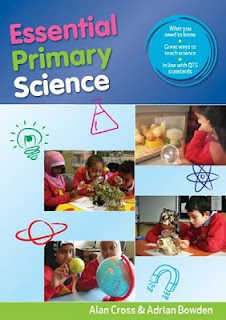This short video provides KS2 science pupils with ideas on how different sounds can produce different responses.
A professor plays a variety of sounds to Sam his assistant. Sam then indicates how she feels about each noise with a smiley, sad or neutral face.
The sounds include a vacuum cleaner, alarm clock and bird warbler, helping pupils develop an understanding about the different emotional responses sounds can produce.
This lesson starter stimulates discussion as pupils think about why they like certain sounds.
Found at: http://www.teachers.tv/










